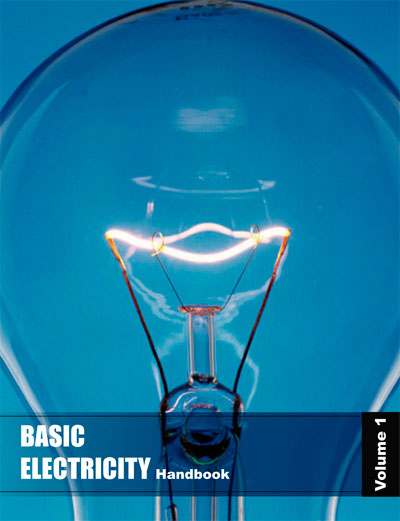In the modern world, electricity plays a crucial role in our daily lives. As a result, it has become an essential commodity, from powering our homes to running industries. But have you ever wondered where it comes from? Electric power can be generated from various sources with unique characteristics, benefits, and drawbacks. In this article, we'll delve into the main sources of electric power generation and discuss their environmental impacts, costs, and efficiency.
The primary sources of electricity used to produce electric power can be broadly categorized into renewable and non-renewable resources. Renewable energy sources, such as solar, wind, hydroelectric, geothermal, and biomass, are replenished naturally and have a lower environmental impact than non-renewable sources. Non-renewable energy sources include fossil fuels like coal, natural gas, oil, and nuclear energy. These resources are finite, and their extraction and utilization contribute to environmental issues like air pollution and climate change.
Fossil fuels, such as coal and natural gas, are among the leading energy inputs in the United States and other parts of the world. According to the Energy Information Administration, fossil fuels, coal, natural gas, and oil account for a significant portion of electric power generation globally. However, burning coal and gas in power plants releases vast amounts of greenhouse gases and other pollutants, exacerbating climate change and posing health risks to humans.
Nuclear energy is another major source of electric power. Nuclear power plants generate electric power through nuclear fission, a process in which atomic nuclei are split, releasing vast amounts of energy. This energy is used to heat water, producing steam that drives turbines and generates power. Nuclear reactors are highly efficient, and nuclear energy has a relatively low carbon footprint compared to fossil fuels. However, concerns about nuclear safety, radioactive waste disposal, and high construction costs have limited the expansion of nuclear power in recent years.
Among renewable energy sources, solar power is gaining popularity due to the falling costs of solar photovoltaics and the widespread availability of sunlight. Solar panels can be installed on a small scale, such as on residential rooftops, or a large scale in solar farms. Wind energy is another promising renewable source, with wind turbines converting wind's kinetic energy into electric power. Unfortunately, solar and wind energy are intermittent, meaning their output varies depending on weather conditions. However, advancements in energy storage technologies are helping to mitigate this challenge.
Hydroelectric power is another significant renewable energy source. It harnesses the energy of flowing water, usually from dams, to generate electric power. However, while hydroelectric power is clean and renewable, it can have negative environmental impacts, disrupting ecosystems and displacing communities. Geothermal energy, which taps into the Earth's internal heat, and biomass energy, which involves burning organic materials, are other renewable energy sources. However, their contributions to global power generation are relatively small compared to other sources.
Transitioning to cleaner energy is essential for reducing greenhouse gas emissions and mitigating climate change. However, the costs associated with different sources of electricity vary. While renewable energy technologies like solar and wind have seen significant cost reductions in recent years, factors like geographical location, resource availability, and infrastructure requirements can still influence the overall costs of electric power generation.
The efficiency of various sources of electric power also differs. Nuclear reactors and natural gas power plants are among the most efficient generation technologies, while coal-fired power plants are less efficient due to energy losses during combustion. Renewable energy technologies like solar and wind have varying efficiencies depending on location, weather, and equipment quality.
As for future electric generation and technology trends, the world is moving towards cleaner, more sustainable energy sources. The development of advanced energy storage solutions, improvements in renewable energy technologies, and innovative power generation methods, such as fusion energy, will likely shape the future of power generation.
Governments and industries are increasingly investing in research and development to enhance the efficiency and cost-effectiveness of renewable energy systems. Additionally, integrating smart grids, microgrids, and distributed energy resources is expected to transform how electric power is generated, stored, and distributed.
Article Main Points
The diverse world of electric power choices offers an array of technologies that can help meet the growing global demand for power. By understanding these sources' characteristics, environmental impacts, costs, and efficiencies, we can make informed decisions about transitioning to cleaner, more sustainable energy systems. As renewable energy technologies continue to advance and energy storage solutions mature, the future of electric power generation is likely to be increasingly dominated by clean, sustainable sources that reduce our impact on the planet and provide reliable power for future generations.

This 100+ page e-book is a great guide for those who have a basic interest in the field of electricity. This well-illustrated e-book, coupled with some basic knowledge of electricity, will give you a broad theoretical background in this fundamental subject.
CONTENTS